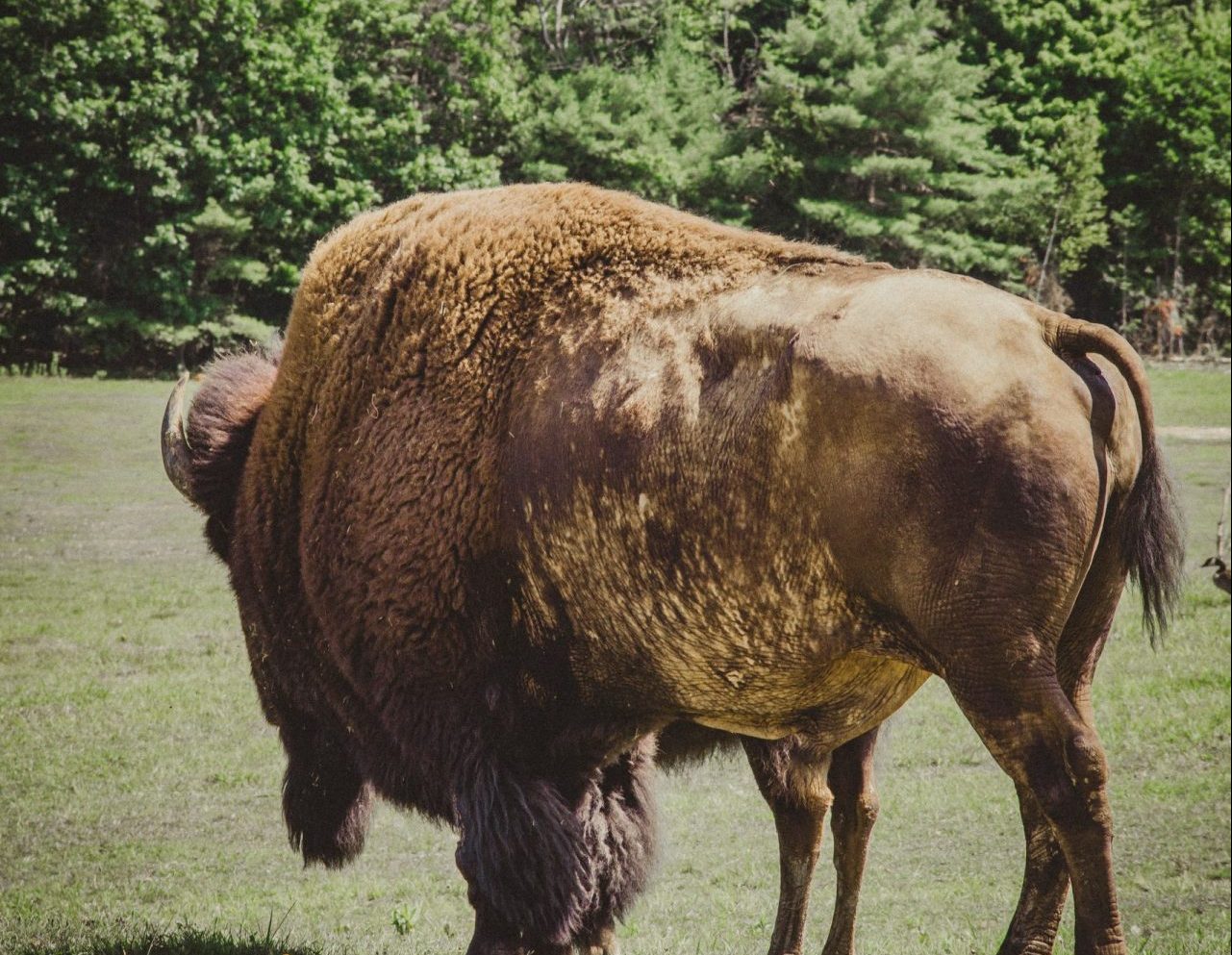The European bison (also known as wisent) is the largest terrestrial mammal in Europe and was once widespread across the continent. However, hunting and habitat loss led to the near extinction of the species, with only a few individuals surviving in captivity.
In the late 20th century, efforts were made to reintroduce the European bison back into the wild. Today, there are several populations of European bison in the wild, including in Poland, Belarus, Russia, Ukraine, and other countries.
The current status of reintroducing the European bison is generally positive. The species is considered as “vulnerable” by the International Union for Conservation of Nature (IUCN), and while it is still at risk from habitat loss and fragmentation, poaching, and disease, the population has been increasing in recent years.
Reintroduction efforts have been successful in some areas, with populations now established in several countries. In some cases, these populations have been able to expand into new areas and form new populations. For example, in the Western Carpathians, a population of European bison has been established since 1960s and has now reached over 1,300 individuals. In other areas, such as the Caucasus Mountains, reintroduction efforts are ongoing, and the establishment of new populations is still in progress.
Overall, the reintroduction of the European bison is an important conservation success story, and the continued efforts to reintroduce and protect this species are crucial for maintaining its population and genetic diversity.
